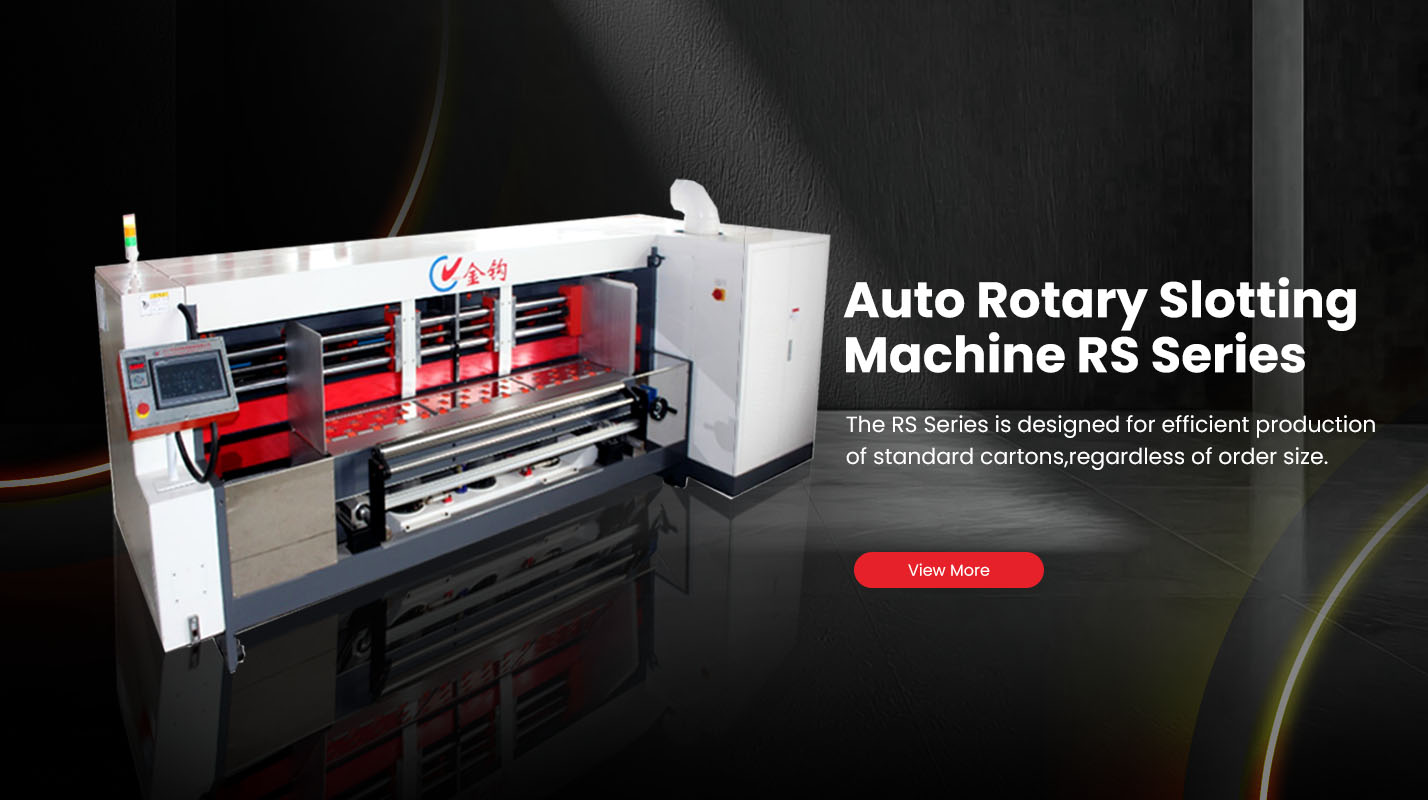How Automatic Box Forming Machines Improve Packaging Efficiency
In the fast-paced world of modern manufacturing, efficiency and precision are the keys to staying competitive. For the corrugated packaging industry, this means producing high-quality boxes quickly, accurately, and with minimal waste. That’s where automatic box forming machines come into play.
These advanced systems combine automation, servo technology, and intelligent control to replace labor-intensive manual operations. By integrating feeding, slitting, slotting, folding, and gluing into a seamless workflow, they dramatically improve productivity and consistency.
What Is an Automatic Box Forming Machine?
An automatic box forming machine is designed to convert flat corrugated sheets into finished boxes through a fully automated process.
It typically performs multiple tasks in one pass, including:
Feeding corrugated sheets automatically.
Slitting and scoring for accurate fold lines.
Slotting and trimming to define box flaps.
Folding and gluing for final box assembly.
Stacking and counting finished boxes.
Compared with manual or semi-automatic systems, automatic box formers operate with servo precision and digital control, delivering consistent performance even at high production speeds.
1. Faster Production and Higher Throughput
Automatic box forming machines eliminate the need for manual feeding, alignment, and folding.
Advanced servo drives and synchronized control systems enable continuous operation, achieving production speeds up to 150 sheets per minute.
Key benefits:
Rapid cycle time for each box.
Non-stop production with automatic sheet feeding.
Fewer human interventions between processes.
For example, a JINGOUPACK high-speed forming line can replace two manual setups, doubling output while maintaining perfect accuracy.
2. Precision and Consistency
One of the biggest advantages of automation is dimensional accuracy.
With digital control and servo adjustment, each stage — from slitting to folding — maintains perfect alignment.
Results:
Uniform box dimensions across large batches.
Clean creasing and folding without cracking.
Improved stacking strength and aesthetic appearance.
Automatic calibration also minimizes errors caused by manual adjustments, ensuring every product meets the same high-quality standard.
3. Reduced Labor and Operational Costs
Manual operations typically require multiple workers to feed sheets, adjust knives, and handle folding. Automatic machines replace these repetitive tasks with integrated systems managed by one operator.
This leads to:
Lower labor costs (up to 40% reduction).
Improved safety through reduced manual handling.
Fewer training requirements due to intuitive touchscreen interfaces.
For factories facing labor shortages or high turnover, automation provides a sustainable, cost-effective solution.
4. Shorter Setup Time and Rapid Changeovers
Traditional forming lines require 20–30 minutes to switch between different box sizes.
Automatic machines equipped with PLC control panels and memory storage allow operators to change box dimensions in just 2–3 minutes.
Knife and scoring wheel positions adjust automatically.
Saved job recipes ensure repeatable accuracy.
Less waste from trial runs or manual misalignment.
This flexibility is invaluable for factories handling small-batch or multi-size production, such as e-commerce and customized packaging suppliers.
5. Lower Material Waste
Manual systems often produce offcuts and rejects due to inaccurate slotting or folding.
Automatic box forming machines minimize waste through:
Precision sheet feeding — reduces misfeeds.
Servo-driven cutting control — prevents over-trimming.
Real-time alignment sensors — detect and correct errors.
JINGOUPACK’s machines are designed to cut paper waste by up to 20%, helping manufacturers lower raw material costs and operate more sustainably.
6. Integration with Smart Packaging Lines
Automation allows full digital integration across the packaging workflow.
Modern automatic box formers can connect with:
slitter scorer machines for sheet preparation.
Rotary slotters and printers for box design.
Folder gluer and stacking systems for final assembly.
Through a centralized PLC system, the entire production line communicates in real time, enabling synchronized speed control, efficiency tracking, and error monitoring.
This makes it possible to build a fully automated, Industry 4.0-ready packaging plant with data-driven performance optimization.
7. Improved Worker Safety
Safety is a priority in all packaging operations.
Automatic machines minimize manual contact with moving parts, reducing the risk of injury.
Standard features include:
CE-certified emergency stop buttons.
Protective covers with auto power-off sensors.
Overload and grounding protection circuits.
Every JINGOUPACK automatic forming line meets strict CE and ISO safety standards, ensuring both operator protection and global compliance.
8. Space Optimization and Streamlined Workflow
By combining multiple processes into one integrated unit, automatic forming machines require less factory space than several standalone systems.
The simplified workflow also minimizes material handling and internal transport.
Advantages:
Compact, efficient layout.
Reduced bottlenecks between production stages.
Easier maintenance and workflow management.
9. Consistent Quality for Global Export Standards
Automatic forming ensures that every carton meets international packaging requirements — essential for exporters.
Accurate slotting, scoring, and folding ensure that boxes:
Fit products perfectly.
Maintain structural strength during shipping.
Present a professional appearance for retail packaging.
JINGOUPACK’s advanced servo control systems and precision components guarantee export-quality performance for customers worldwide.
10. Sustainability and Energy Efficiency
Automatic systems not only reduce material waste but also optimize energy use through intelligent power management.
Servo motors and variable-frequency drives consume energy only during active motion, lowering overall electricity consumption.
This helps factories reduce carbon emissions and align with environmental regulations — a growing priority for international packaging buyers.
Conclusion
Automatic box forming machines are transforming the packaging industry by combining speed, accuracy, and automation into one intelligent solution.
Factories adopting this technology benefit from:
Faster production cycles.
Lower operating costs.
Improved product consistency.
Enhanced safety and sustainability.
With its advanced servo control, digital interface, and CE-certified quality, JINGOUPACK continues to help packaging manufacturers around the world improve efficiency, cut waste, and achieve smart, modernized production.
If you’re planning to upgrade your packaging line, an automatic box forming machine is not just a convenience — it’s a strategic investment that will redefine your factory’s performance for years to come.





